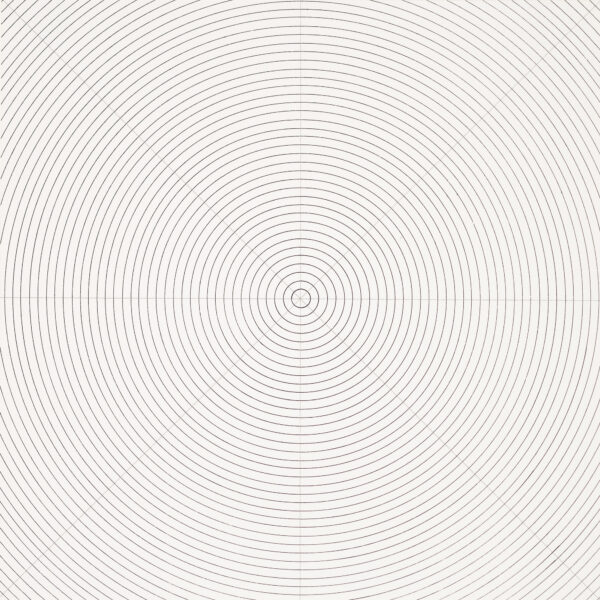
Untitled
LeWitt, Sol
1973
Artwork Information
-
Title:
Untitled
-
Artist:
LeWitt, Sol
-
Artist Bio:
American, 1928–2007
-
Date:
1973
-
Medium:
Serigraph
-
Dimensions:
-
Credit Line:
Wichita Art Museum, Gift of Robert Rauschenberg
-
Object Number:
1976.68.14
-
Display:
Not Currently on Display
About the Artwork
Sol LeWitt strived to find the essence of art in his work throughout his career. He created visually simple, but perfectly planned and composed geometric sculptures, drawings, as well as bolder colored wall paintings. From sculpture to painting his work embraced Minimalism and all that could visually be said with the simplest of line and form.
Born in Hartford, Connecticut to Russian immigrants he began to draw at a young age, taking classes at the Wadsworth Athenaeum where years later he would donate a large part of his contemporary art collection of works he had collected by other artists. He attended Syracuse University, and worked for a time as a graphic designer for architect I.M. Pei. It was while he was painting and working in the bookstore at the Museum of Modern Art in the late 1950s that he began to be inspired and meet other artists working outside the confines of Abstract Expressionism.
LeWitt began to work in a Minimalist style before the movement was even named. He expressed his Minimalist style visually not through simple industrial materials, but through a system of simple concepts and words that could be translated into a work of art. He reduced artwork to its most basic geometry and created instructions or plans that allowed for others to create his concepts from sculptures or drawings. His work helped elevate Conceptualism in American art and was a way he included others in the creative process. He believed that objects such as works of art were perishable, but that ideas or instructions for the creation of a work could live on long past the work itself.
Well known for his sculptures of simple white open squares in different groupings and formations, his print for the New York Collection for Stockholm reflects that same use of simple shapes and lines. It was created from thin precise lines forming concentric circles that are bisected by horizontal, vertical, and diagonal lines.